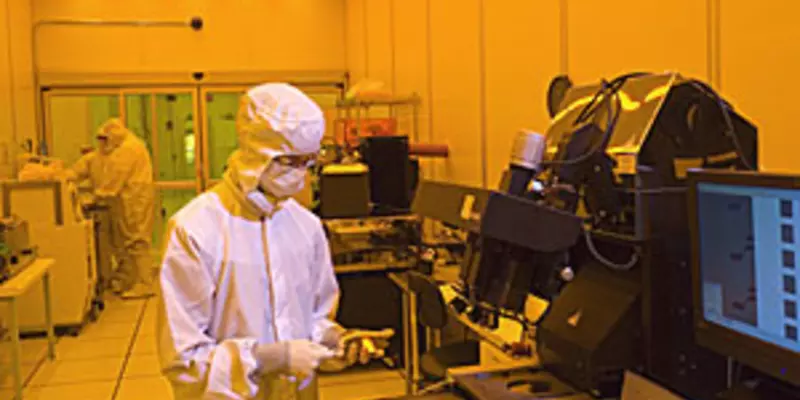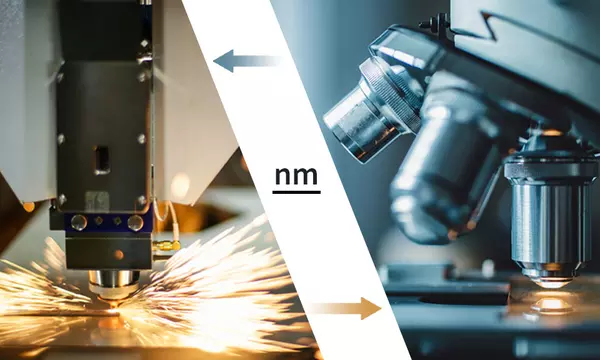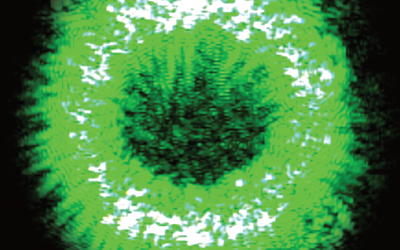Advancing nanoscale measurement science, standards, and nanotechnology is an important component of NIST's mission to promote U.S. innovation and industrial competitiveness. From leading cutting edge research to coordinating the development of standards that promote trade, NIST's programs in nanotechnology directly impact priorities important to the nation's economy and well being.
The Research
Additional Resources Links
The CNST NanoFab: Through the Users’ Eyes
Learn more about this unique NIST facility, where scientists from government, academia and industry can use commercial, state-of-the-art tools at economical rates, and get help from dedicated, full-time technical support staff. Voices: David Baldwin (Great Ball of Light, Inc.) Elisa Williams (Scientific & Biomedical Microsystems) George Coles (Johns Hopkins Applied Physics Laboratory) William Osborn (NIST)
News
The Virtuous Cycle of Making and Measuring Nanostructures
Stay in Touch
Sign up for our newsletter to stay up to date with the latest research, trends, and news for Nanotechnology.











